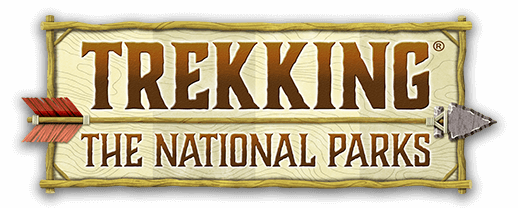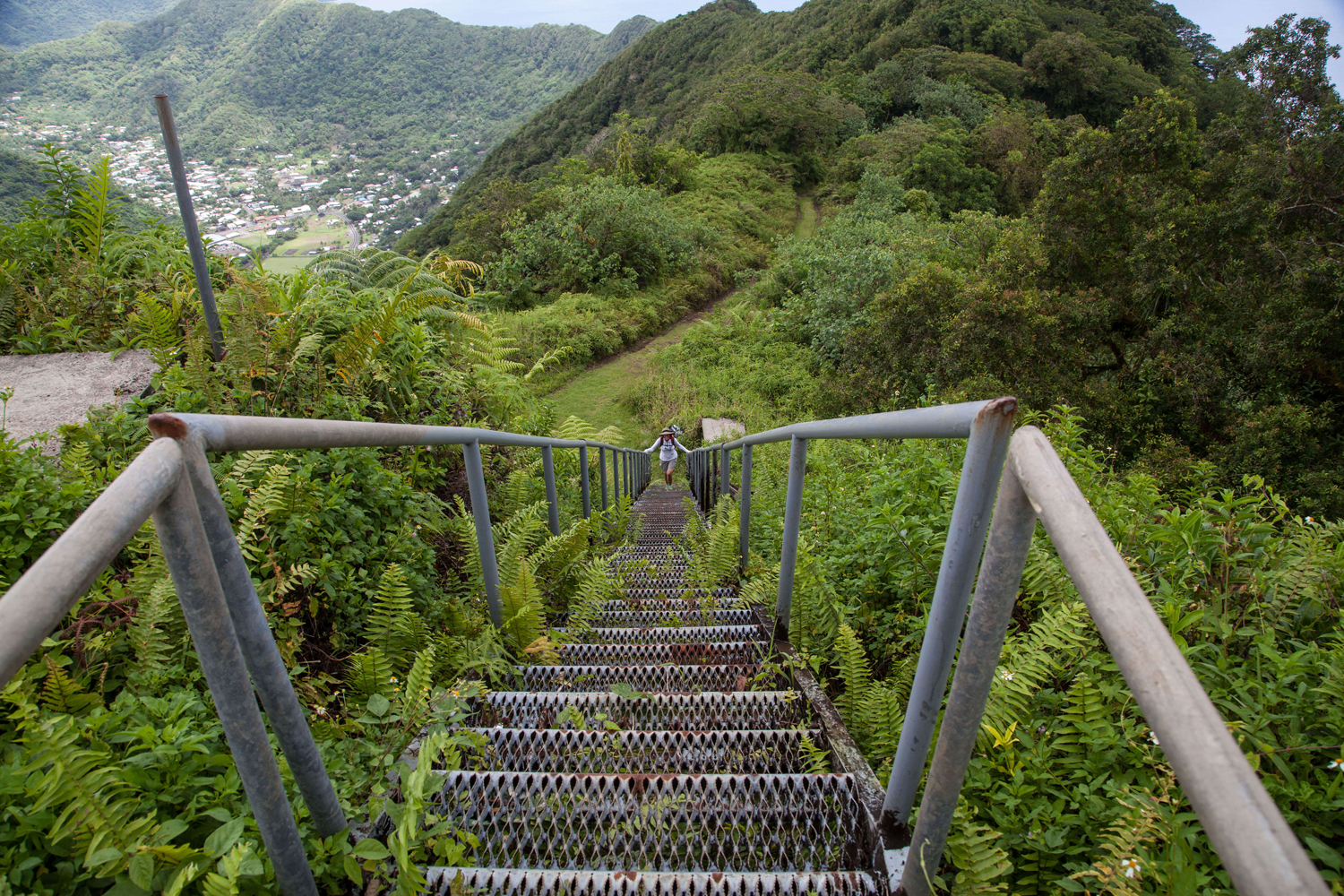National Park of American Samoa
Located: American Samoa - Established: October 31, 1988
The Park: The National Park of American Samoa is situated on three separate islands. The main section of the park is located on the Island of Tutuila, adjacent to Pago Pago and the main airport. The other sections of the park, the islands of Ta’u and Ofu, are located on the remote Manu’a island group 60 miles east of Tutuila.
Almost all of the landmass on these rugged volcanic islands is covered by mixed-species rainforest. In mixed- species forests, no single tree or plant species dominates. This is the only rainforest of its kind in a US National Park. Four thousand acres of this park are found underwater where sensitive coral reefs are now protected.
Pola Island
The People: The first people to occupy the Samoan Islands are said to have arrived over 3,000 years ago making the Samoan culture Polynesia's oldest. The Samoan Way or fa'asamoa (fah-ah-SAH-mo-ah) has been passed down through the ages and visitors are asked to observe and respect the customs of these people.
The natives dress conservatively. Many wear a skirt-like garment called a lavalava. So should you! Bikinis and Speedos are NOT the garments of choice at this park!
We completed or goal of visiting all 59 major National Parks on September 19, 2017!
Getting there: The National Park of American Samoa isn’t the most remote park to access (see Kobuk Valley and Gates of the Arctic in Alaska); however it lies 2,300 miles southwest of the Hawaiian Islands. The infrequent and lengthy flights into Pago Pago on the main island of Tutuila are limited so plan well in advance. The islands of Ta’u and Ofu lie 60 miles east of Tutuila. Ta’u is accessible via small local aircraft. Once on the island of Ta’u, you can access to the incredibly beautiful coral reef and beaches on Ofu via local fisherman’s boat.
When to visit: American Samoa is south of the equator so perhaps the best time to visit is between June and September when the heat and rain are at their most benevolent.
What to do: This is a very remote and relatively new park without the usual facilities you find at mainland parks. However, if you treat your visit with a spirit of adventure, your stay can take you trekking about secluded villages, hiking within the tropical rainforests, lounging on white sand beaches and snorkeling the turquoise waters above colorful coral reefs.
Terry trekking to the top of Mt. Avala.
Trails to hike: Whether you’re looking for a walk along the beach or a trek up a challenging slope, the National Park of American Samoa offers a wide variety of trails for people of all abilities! The park’s Day Hikes brochure provides detailed information about trekking American Samoa! Our favorite was the Mt. Alava Trail up to the highest point of the island. Great views from atop the mountain.
Another couple of short but scenic trails are the Lower Sauma Ridge trail which provides you with a great look at Pola Island and the Pola Island Trail with great views of the rocky coastline.
Where to stay: There are no campgrounds at this park; however, you’ll find 15 hotels on the main island of Tutuila. The unique Homestay Option provides an opportunity for visitors to live with the locals in their homes. Residents affiliated with the National Park open their homes to visitors for the opportunity to learn local customs, crafts, and the South Pacific lifestyle.
We stayed at the Sadie’s by the Sea - a very livable hotel located by Pago Pago Harbor and listed as one of the island's "premier" hotels. Adjacent to the hotel is the Goat Mountain Café, which exceeded all my culinary expectations for dining on this remote island!
View from breakfast table at The Goat Cafe adjacent to Sadie's-by-the-Sea Hotel
Wildlife: The only native mammal found in American Samoa is the fruit bat. With a wingspan close to 3 feet, these insect-eating creatures play an essential role in the tropical rainforest by pollinating plants and dispersing fruit bearing seeds.
Memorable moments: Hands down, the people of this Island are the friendliest and most accommodating we’ve encountered during our trek to all 59 of America’s major National Parks!
Trivia: The term samoa means “sacred earth.” This expresses how the natives view their natural environment.
Banner: Vatia Bay
Experience these Check List:
- Stop by the park’s Visitor Center
- Go to the beach!
- Kayak the clear waters
- Snorkel or Dive and get a glimpse of the over 950 species of fish and over 250 species of coral
- Hike the park's trails
- Visit the outer islands





